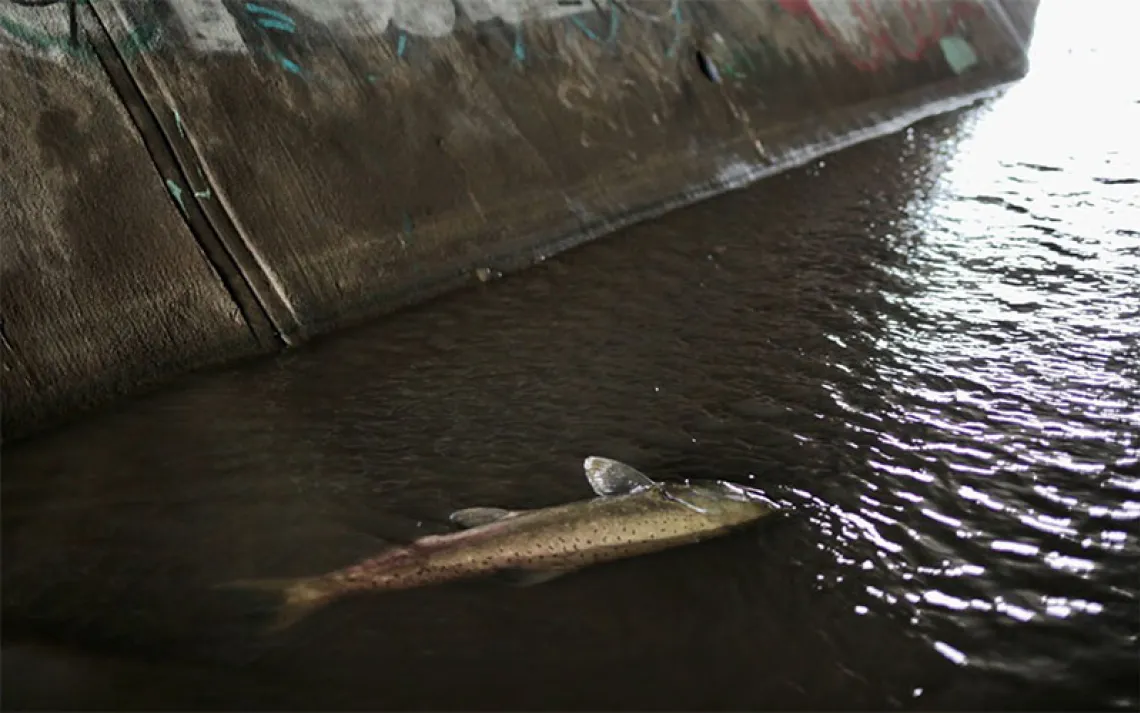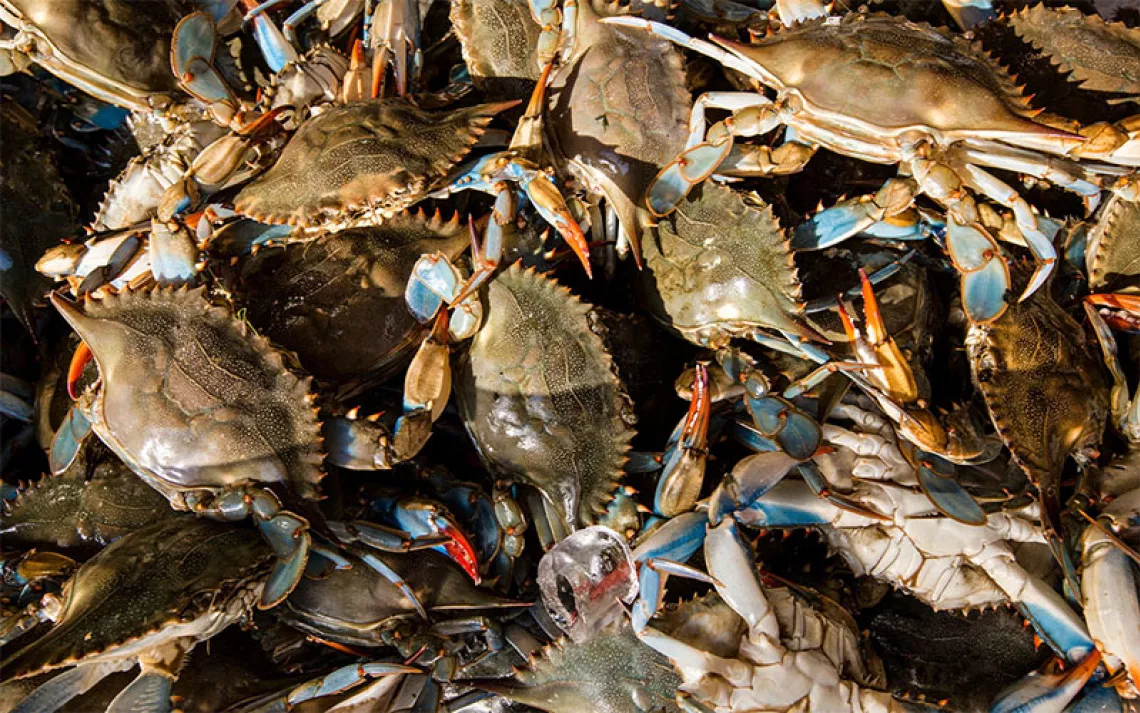Rare Gray Fox Spotted After a Decade
What this fox has to say about the future of the city

For the first time in more than a decade, the wily flash of rare gray fox has been spotted in the Presidio, San Francisco’s urban national park. While foxes are common in areas just outside the city, like Marin County, the fox was thought to be locally extinct. But in February, Jon Young, Presidio wildlife ecologist, snapped a photo of the small canid as it scampered up a pine tree to evade coyotes prowling beneath.
Young often follows around the bands of coyotes that are drawn to a gopher-ridden open field outside his office near the Presidio’s Fort Scott. This time the coyotes lead him to the coastal bluff where the spooked fox took refuge with a raven.
Gray foxes have a hard time maintaining stable populations in densely developed cities divided by busy streets—they are commonly spotted as road kill, says wildlife ecologist Bill Merkle. Young finds this sighting a good omen for human and wildlife co-existence. “It’s a sign that urban wildlife corridors are working,” Young says.
Golden Gate Park, Ocean Beach, the Presidio and even the Golden Gate Bridge itself act as stepping stones for urban wildlife, connecting crucial vegetated habitats, Young says. This fox could have snuck across the bridge or it could have been living hidden in the dense brush of the park since the last gray fox sighting in 2004—gray foxes can live for about 7 to 10 years.
“It also just goes to show how elusive, cunning and sly they are,” Young said. “Considering how much foot-traffic this park gets, people have probably seen it and just not known what it was.”
Biologists working with the Presidio Trust are now working to track the fox to see if there are others in the park and if they are breeding. Community involvement can play a big part, Young says. Anyone who visits the park should be on the lookout for fluffy, black-tipped tails disappearing into bushes or stubby muzzles peeking down from trees. Visitors can use the iNaturalist app to identify and document wildlife and biologists can use the information to track populations.
It’s citizen science, Young said, but it’s also an opportunity to educate urbanites about how they can co-exist with wildlife. Urban areas have dense resources— food water and shelter in abundance and in a small area. Coyotes are generalists, so cities provide everything they need. Unlike the gray fox, their numbers are increasing since they ventured across the Golden Gate and back into the city in the early 2000’s. While coyotes prey on gray foxes and compete with them for resources, Young stressed the need for a biodiverse inner-city.
“Coyote populations have been increasing across the nation as they carve out niches for themselves,” Young says. At the same time, persecution and perceived threat to humans and livestock have driven coyotes out of many cities, and some states sponsor eradication campaigns that pay by the pelt. But even species seen as pests, such as the coyote, can have untold benefits. In the early 2000s the Presidio was overtaken by feral cats that decimated the California quail population to extinction. Coyotes act as an apex predator, keeping ecosystems in balance and roving cats in check.
Removing the aggressive and street-smart coyote from the city seems like an obvious way to protect foxes. Coyotes do threaten the minuscule gray fox population, but they are also part of the re-emerging urban food chain. Young has begun to notice public opinion shifting away from eradication to preservation. Young says he once thought coyotes and gray foxes were unlikely neighbors, but this sighting is a sign of co-habitation—something city-dwellers could all learn from.
Follow Sierra on Facebook, Twitter, Pinterest, Instagram, and YouTube.
 The Magazine of The Sierra Club
The Magazine of The Sierra Club



